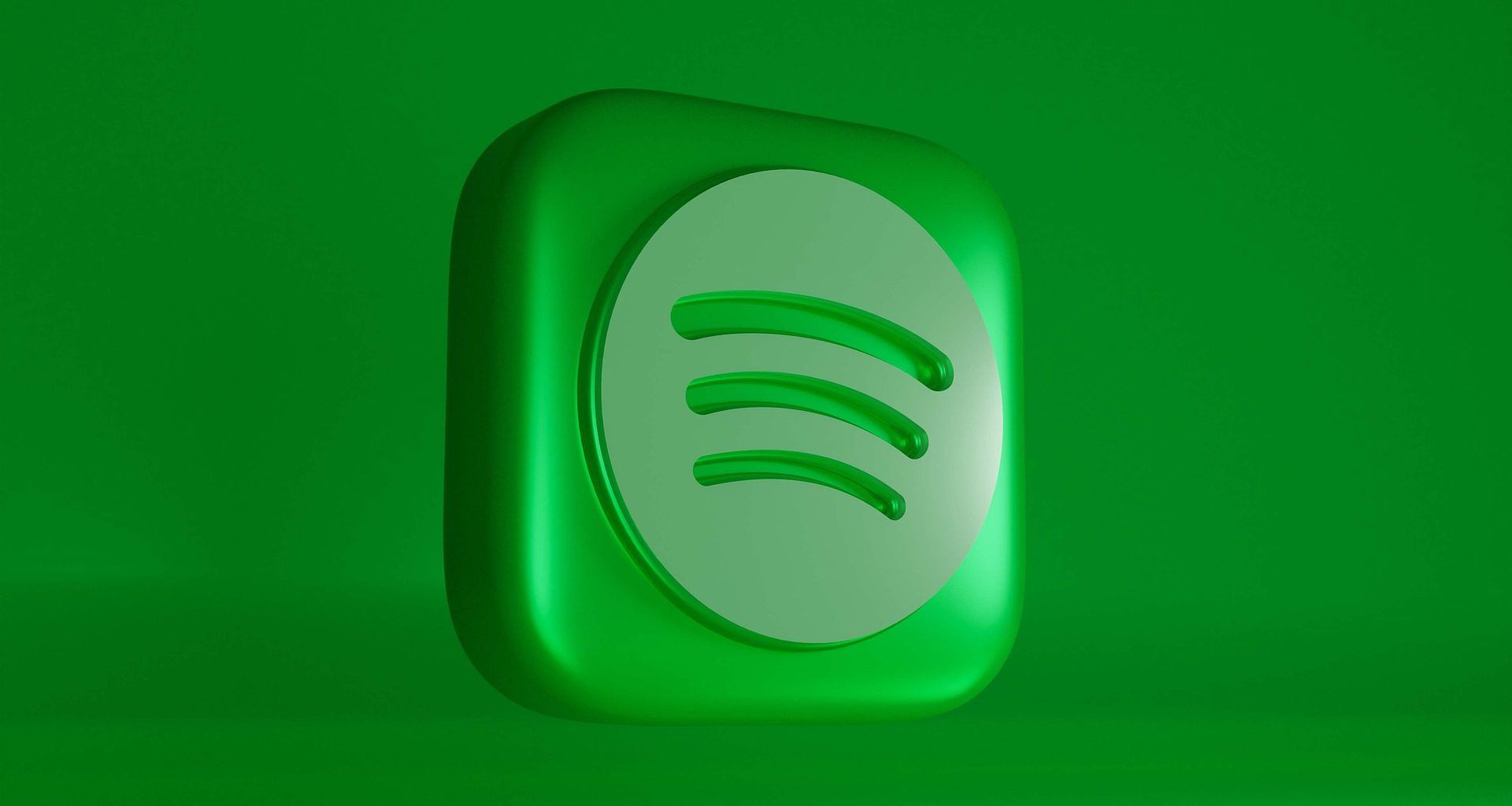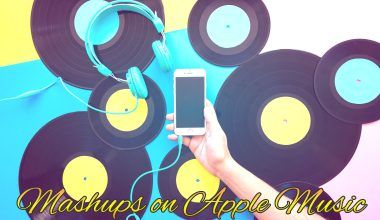The music industry has evolved significantly with the advent of streaming platforms, and Spotify is one of the biggest players in this field. Understanding the Spotify revenue model for artists is crucial for musicians aiming to maximize their earnings from this platform. This blog will delve into the details of how artists make money on Spotify, covering various aspects such as streaming royalties, payment structures, and factors influencing earnings.
Table of Contents
- Introduction to Spotify’s Revenue Model
- How Streaming Royalties Work
- Spotify’s Payment Structure
- Factors Influencing Artist Earnings on Spotify
- Strategies to Maximize Earnings on Spotify
- Tools and Resources for Artists
- Case Studies: Successful Artists on Spotify
- Future Trends in Spotify Revenue
- Conclusion
Introduction to Spotify’s Revenue Model
Spotify operates on a subscription and ad-supported model. The platform generates revenue through paid subscriptions and advertisements. This revenue is then distributed among rights holders, including artists, record labels, and publishers. Understanding the Spotify Revenue Model for Artists is essential for anyone looking to thrive in today’s music industry.
Spotify pays artists through a system known as pro-rata, where all the money earned from subscriptions and ads in a given period is pooled together. This total amount is then divided based on the number of streams each artist has received.
The Evolution of Spotify
Since its launch in 2008, Spotify has transformed the music industry by providing a legal and accessible platform for music streaming. It has become a vital tool for artists to reach a global audience, with over 365 million active users and 165 million subscribers as of mid-2021. Understanding the revenue framework for artists on Spotify is essential for any musician looking to leverage this platform effectively.
How Streaming Royalties Work
The Basic Concept
When a user streams a song on Spotify, the platform tracks the stream and calculates the revenue generated. However, not every stream is worth the same amount. Several factors come into play, including the listener’s country, the type of Spotify account (free or premium), and the revenue from ads or subscriptions.
Revenue Pool
The revenue pool is the total income Spotify generates from its users in a specific period. This pool is then divided among all the artists based on their share of total streams. For instance, if a song accounts for 1% of all streams in a month, the artist earns 1% of the revenue pool.
Payment Calculation
To better understand the revenue framework for artists on Spotify, consider this simplified formula:
Artist’s Earnings=(Artist’s StreamsTotal Streams)×Revenue Pool\text{Artist’s Earnings} = \left( \frac{\text{Artist’s Streams}}{\text{Total Streams}} \right) \times \text{Revenue Pool}Artist’s Earnings=(Total StreamsArtist’s Streams)×Revenue Pool
This method ensures that artists are paid proportionally to their contribution to the total streams on the platform.
Detailed Breakdown of Royalties
- Master Recording Royalties: Paid to the owner of the recording, typically the record label.
- Publishing Royalties: Paid to songwriters and their publishers. This includes mechanical royalties for the reproduction of music and performance royalties for the public performance of the song.
Spotify’s Payment Structure
Spotify’s payment structure can be complex, with various factors influencing how much an artist earns per stream. Here’s a breakdown of the key components:
Spotify has two types of user accounts: premium (paid) and free (ad-supported). Premium streams are generally more valuable to artists because they contribute more to the revenue pool.
Country and Region
The value of a stream also varies by country and region due to differences in subscription prices and ad revenue. Streams from countries with higher subscription fees contribute more to the revenue pool.
Rights Holders
The revenue earned from Spotify streams is split among various rights holders. Typically, the split is as follows:
- Record Labels: 50-55%
- Publishers and Songwriters: 15%
- Artists: 30-35%
This distribution can vary based on the artist’s contract with their record label or distributor.
Spotify for Artists
Spotify offers a tool called Spotify for Artists, which allows musicians to manage their profiles, track their performance metrics, and gain insights into their audience. This tool is crucial for understanding and maximizing earnings on the platform.
Factors Influencing Artist Earnings on Spotify
Popularity and Engagement
The number of streams an artist receives is the most significant factor in determining their earnings. However, engagement metrics such as playlist placements, followers, and social media activity can also impact an artist’s visibility and streaming numbers.
Release Strategy
Releasing music consistently can help maintain and grow an artist’s streaming numbers. Singles, EPs, and albums each have their advantages, and a well-planned release strategy can maximize earnings.
Playlist Placements
Being featured on popular Spotify playlists can significantly boost an artist’s streams. Spotify’s editorial playlists, user-generated playlists, and algorithmic playlists like Discover Weekly can all contribute to higher streaming numbers.
Promotional Activities
Engaging in promotional activities, such as social media campaigns, collaborations, and live performances, can enhance visibility and drive more streams. Artists who actively promote their music are likely to see better results on Spotify.
Strategies to Maximize Earnings on Spotify
Optimize Your Profile
A complete and engaging Spotify profile can attract more listeners. Ensure that your bio, artist profile picture, and links to social media are up-to-date. A well-curated profile can encourage more streams and followers.
Engage with Your Audience
Interacting with your fans on social media and Spotify can boost your engagement. Use tools like Spotify for Artists to gain insights into your audience and tailor your marketing strategies accordingly.
Leverage Playlists
Submit your music to Spotify’s editorial team for playlist consideration. Additionally, collaborate with playlist curators and encourage your fans to add your songs to their playlists.
Promote Your Music
Utilize social media, email newsletters, and other marketing channels to promote your music. Cross-promote with other artists and influencers to reach a broader audience.
Consistent Releases
Release new music regularly to keep your audience engaged. This can help maintain your streaming numbers and attract new listeners.
Collaborate with Other Artists
Collaborations can introduce your music to new audiences. Partnering with artists from different genres or regions can expand your reach and increase your streams.
Use Data Analytics
Leverage the data provided by Spotify for Artists to understand your audience’s preferences and behaviors. Use this information to make informed decisions about your release strategy and promotional activities.
Tools and Resources for Artists
Spotify for Artists
This tool provides comprehensive data and insights about your streams, audience demographics, and playlist features. Use it to monitor your performance and plan your promotional strategies.
Third-Party Analytics Tools
Several third-party tools can help you analyze your streaming data more deeply. These tools can provide additional insights and help you optimize your release and promotional strategies.
Music Distribution Services
Using a reputable music distribution service can ensure that your music is properly distributed to Spotify and other streaming platforms. These services often provide additional promotional tools and resources.
Tools like Hootsuite, Buffer, and Sprout Social can help you manage your social media presence and engage with your audience more effectively.
Case Studies: Successful Artists on Spotify
Example 1: Chance the Rapper
Chance the Rapper has successfully used Spotify to reach a massive audience. By releasing his music for free and leveraging streaming platforms, he has built a significant following and earned substantial revenue through streaming, merchandise, and tours.
Example 2: Billie Eilish
Billie Eilish’s success on Spotify is a testament to the platform’s power. Her strategic releases, engaging social media presence, and inclusion in major playlists have contributed to her impressive streaming numbers and revenue.
Example 3: Ed Sheeran
Ed Sheeran’s consistent presence on Spotify playlists and his engagement with fans have made him one of the most streamed artists on the platform. His success highlights the importance of playlist placements and fan interaction.
Example 4: Post Malone
Post Malone’s rise to fame has been significantly boosted by his presence on Spotify. His strategic use of the platform’s tools and features, along with consistent releases and high engagement with his fans, has resulted in millions of streams and substantial earnings.
Future Trends in Spotify Revenue
Increasing Role of AI and Data Analytics
AI and data analytics are playing an increasingly important role in the music industry. Spotify uses sophisticated algorithms to recommend music to users, and artists can use these tools to understand their audience better and optimize their strategies.
Expansion into New Markets
Spotify is continuously expanding into new markets, which can provide additional opportunities for artists to reach new audiences and increase their earnings.
Changes in Royalty Payments
There is ongoing discussion about changing the way royalties are paid to artists. Some proposed models aim to provide more equitable distribution of revenue, particularly for independent and emerging artists.
Enhanced Artist Tools
Spotify is likely to continue developing new tools and features to support artists. These may include enhanced data analytics, better promotional tools, and new ways to engage with fans.
Growth of Podcasting and Other Audio Content
Spotify’s investment in podcasting and other audio content can also provide new revenue opportunities for artists. Collaborations with podcasters or creating exclusive audio content can diversify an artist’s income streams.
Recap and Final Thoughts
As we conclude, it’s crucial to recap the main points and emphasize the actionable steps artists can take to succeed on Spotify. Here are the key takeaways:
- Understand the Revenue Model: Familiarize yourself with how Spotify generates and distributes revenue. Knowing the details of the Spotify revenue model for artists will help you make informed decisions about your music strategy.
- Optimize Your Presence: Make sure your Spotify profile is complete and engaging. Use high-quality images, write a compelling bio, and keep your links up-to-date. This helps attract more listeners and keeps them engaged.
- Engage with Your Fans: Interaction is key. Respond to comments, share updates, and use social media to connect with your audience. The more engaged your fans are, the more likely they are to stream your music.
- Leverage Playlists: Aim to get your songs included in popular playlists. Whether they are editorial, user-generated, or algorithmic playlists, they can significantly boost your streams and visibility.
- Promote Regularly: Consistent promotion is essential. Use various channels like social media, email newsletters, and collaborations with other artists to keep your audience interested and attract new listeners.
- Release Consistently: Regular releases keep your audience engaged and help maintain your streaming numbers. Plan your releases strategically to maximize impact.
- Use Analytics: Leverage tools like Spotify for Artists and third-party analytics services to gain insights into your audience and performance. Use this data to refine your strategies and improve your results.
Staying Ahead in the Streaming Game
The music industry is continuously evolving, and staying ahead requires adaptability and innovation. Here are some additional tips to help you remain competitive:
- Stay Informed: Keep up with industry news and trends. Platforms like Spotify regularly update their features and policies, and staying informed will help you make the most of new opportunities.
- Experiment with Content: Don’t be afraid to try new things. Experiment with different types of content, such as live sessions, behind-the-scenes videos, and podcasts, to see what resonates best with your audience.
- Network with Other Artists: Building relationships with other musicians can lead to collaborations and new opportunities. Attend industry events, join online communities, and engage with your peers.
- Seek Professional Help: Consider working with a music manager, publicist, or marketing professional to help you navigate the complexities of the industry and maximize your potential.
Additional Resources
To further assist you in understanding and navigating the Spotify revenue model for artists, here are some useful resources:
- Spotify for Artists: The official platform providing tools and insights for artists. Visit Spotify for Artists
- MusicAlly: A resource for music industry news, trends, and insights. Visit MusicAlly
- Soundcharts: A data analytics platform for tracking your music’s performance across various platforms. Visit Soundcharts
- Hypebot: A blog covering the latest in music technology, marketing, and business. Visit Hypebot
Real-life Impact: Stories from Artists
To bring all these points into perspective, let’s look at more real-life examples of artists who have effectively used Spotify to their advantage:
Example 5: The Chainsmokers
The Chainsmokers utilized Spotify’s playlisting feature extensively. By getting their music featured on major Spotify playlists, they were able to reach millions of listeners, which significantly boosted their streams and visibility. Their strategic use of social media to drive traffic to Spotify also played a crucial role in their success.
Example 6: Lizzo
Lizzo’s rise to fame was bolstered by her strategic use of Spotify. Her music was frequently included in popular playlists, and she actively engaged with her audience on social media. Lizzo’s inclusive and body-positive message resonated with a broad audience, helping her gain a loyal fan base that continually streamed her music on Spotify.
Example 7: Khalid
Khalid’s breakthrough came from his single “Location,” which gained traction on Spotify. He utilized Spotify for Artists to understand his audience and tailor his promotions accordingly. His consistent engagement with fans and strategic release of new music helped him maintain a strong presence on the platform.
Future Trends in Spotify Revenue
As we look to the future, it’s essential to consider emerging trends that could impact the Spotify revenue model for artists:
More Personalized Experiences
Spotify is investing heavily in personalization algorithms. As these algorithms improve, they will provide listeners with more tailored music recommendations. For artists, this means there will be greater opportunities to reach listeners who are more likely to enjoy and stream their music.
Blockchain and NFTs
Blockchain technology and non-fungible tokens (NFTs) are starting to make their way into the music industry. These technologies can provide new revenue streams for artists by enabling direct fan-to-artist transactions and offering unique digital assets.
Enhanced Interactive Content
Interactive content, such as behind-the-scenes videos, live streams, and interactive album experiences, can enhance fan engagement. Spotify is exploring ways to integrate more interactive elements into its platform, which could provide artists with new ways to connect with their audience and monetize their music.
Global Expansion
Spotify continues to expand into new markets, providing artists with access to a broader international audience. Understanding and adapting to the preferences of listeners in different regions can help artists maximize their global streaming numbers.
Greater Transparency and Fairness
There is a growing demand for greater transparency and fairness in how streaming revenues are distributed. Industry advocates are pushing for changes that could result in a more equitable distribution of income, particularly benefiting independent and emerging artists.
Conclusion
The Spotify revenue model for artists offers significant opportunities for musicians to earn money through streaming. By understanding the Spotify earnings structure for musicians and implementing strategies to maximize streams, artists can increase their revenue on the platform. Focus on optimizing your profile, engaging with your audience, leveraging playlists, promoting your music, and maintaining consistent releases to thrive on Spotify.
While the Spotify Revenue Model for Artists can be complex, with the right approach and understanding, it can be a lucrative platform for musicians. Embrace the strategies outlined in this blog to enhance your earnings and make the most of your presence on Spotify.
In summary, the music industry is continually evolving, and platforms like Spotify are at the forefront of this change. By staying informed, leveraging available tools and resources, and continually engaging with your audience, you can maximize your success on Spotify. Remember, the key to thriving on Spotify is not just about understanding the revenue model but also about being proactive and strategic in your approach. Keep creating, stay engaged, and let your music reach the ears of listeners worldwide.
For further reading, explore these related articles:
- What is YouTube Content ID?
- Deliver My Tune’s Exciting New Services!
- Know the Ways to Get the Music Sync Licensing
- What is Performance Royalty?
For additional resources on music marketing and distribution, visit Deliver My Tune.






